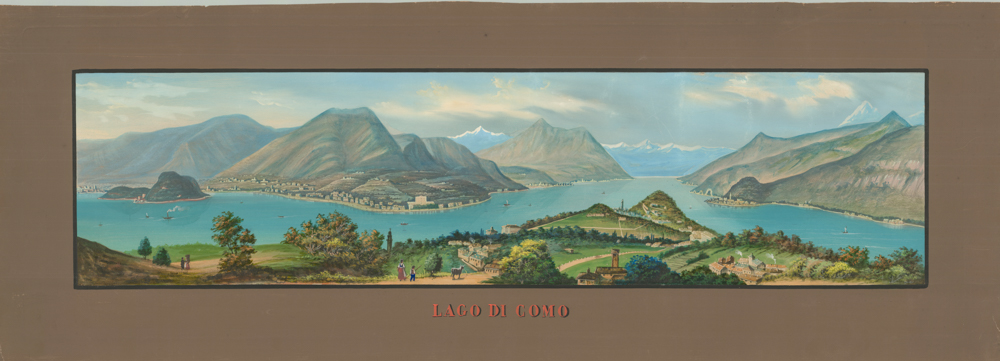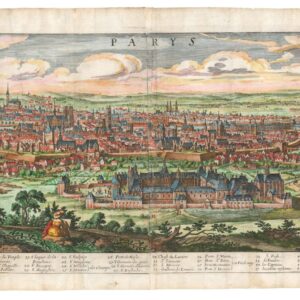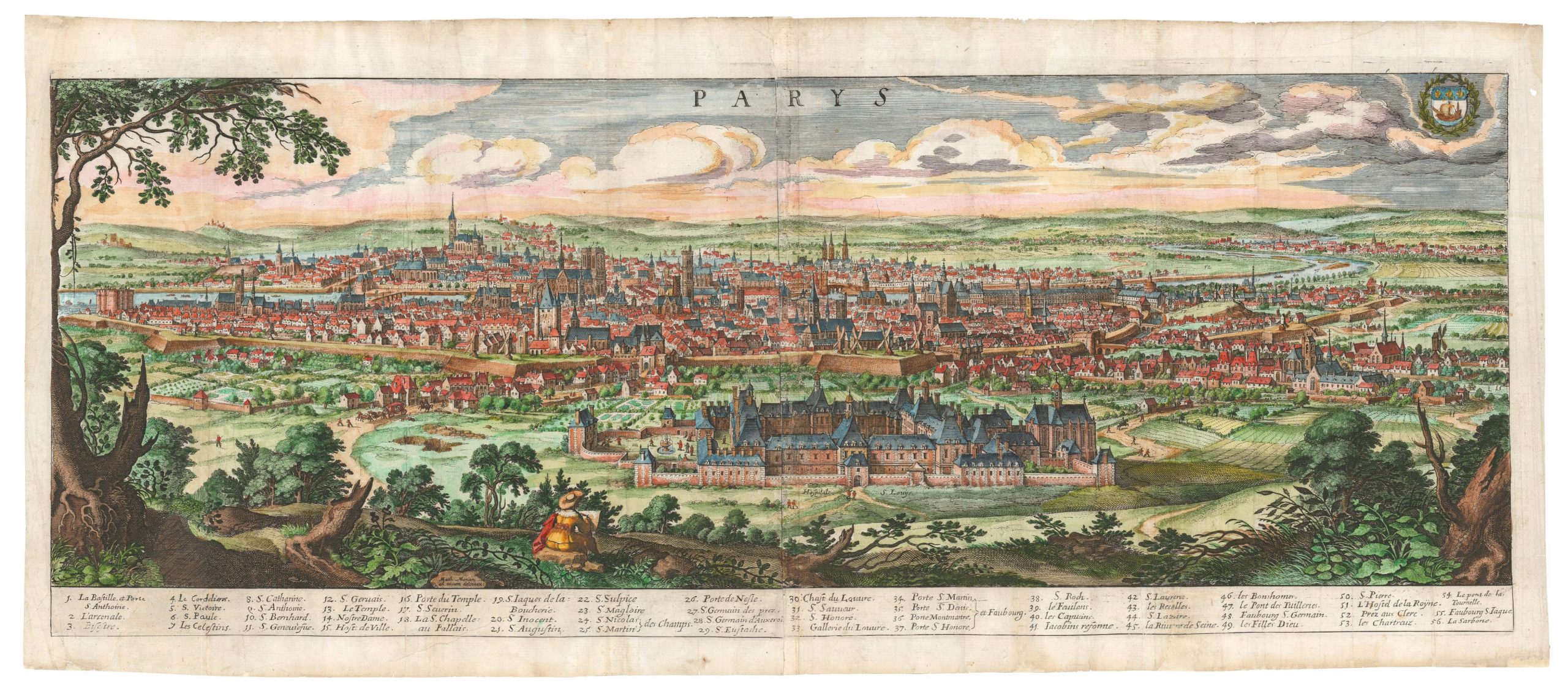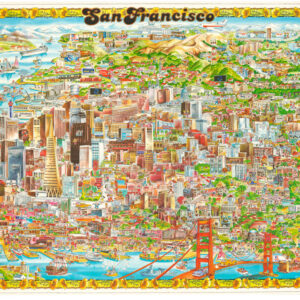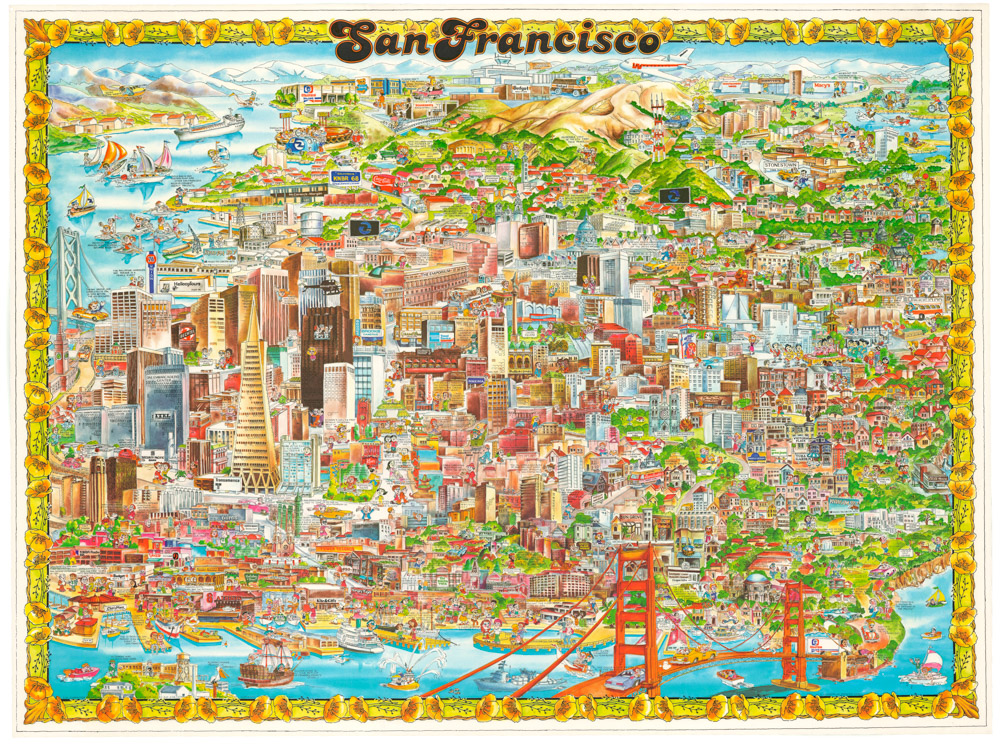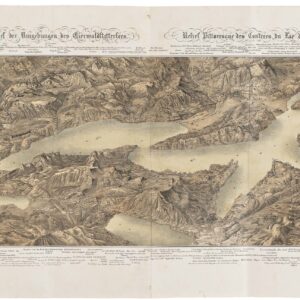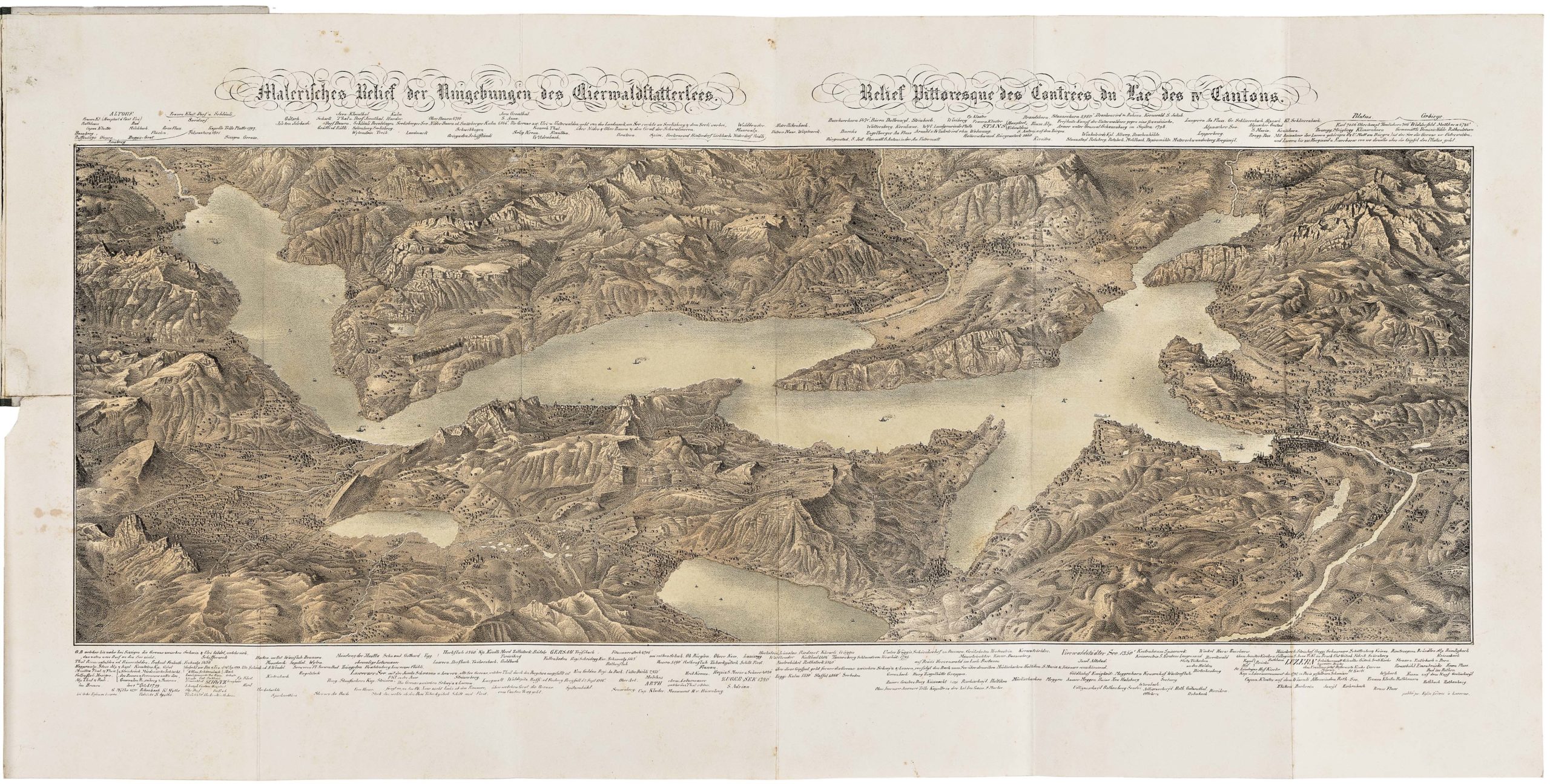Gorgeous original color 1582 bird’s-eye-view of Istanbul.
Byzantium nunc Constantinopolis.
$3,200
1 in stock
Description
This is a lovely bird’s-eye-view of Constantinople (Istanbul) by Braun and Hogenberg. It illustrates a variety of monuments, including the Hagia Sophia and Topkapi Palace. Twelve vignettes of Ottoman sultans line the bottom margin, including portraits of Mehmed II, conqueror of Constantinople, and Suleiman the Magnificent. Numerous ships are depicted in the Bosphorus and around the Golden Horn. A mounted Sultan with his entourage is displayed at bottom center.
VIDEO — Transformations of Istanbul: from Byzantium to Constantinople to the city we know today.
Constantinople is shown in bird’s-eye perspective from the east. The view looks directly down upon the new palace within its 200-acre park that was built by Sultan Mehmed II in 1453, immediately after the conquest of the city; since the 18th century it has been called the Topkapi palace. Beside it on the left stands Hagia Sofia, the coronation church of the Byzantine emperors. It was turned into a mosque on the day that Constantinople fell and subsequently given four minarets, still visible on the plate. Further left again are Roman ruins including obelisks and an amphitheatre.
The city was founded in 668 BC under the name of Byzantion (Byzantium) by the Greeks, for whom the Bosporus Strait was already of strategic importance. Incorporated into the Roman Empire under Vespasian, in AD 324 the city was made the capital of the Eastern Empire by Emperor Constantine and renamed Constantinople.
The medallions along the lower edge contain the portraits of all the sultans, from the founder of the Ottoman Empire, Osman I, up to the current ruler of the day, Selim II. The name Istanbul was already in colloquial use in Ottoman times, but would replace Constantinople as the city’s official name only in 1930. With a population of some ten million, Istanbul is today the biggest city in Turkey. (Taschen)
Verso Text: German
Cartographer(s):
Georg Braun (1541–1622) was a German geographer, publisher, and the canon of the Cologne chapter of St. Maria ad Gradus. From 1572, he edited the Civitates orbis terrarum, which contains 546 prospects, bird’s-eye views, and maps of cities from all around the world. As the principal editor, Braun acquired the tables, hired the various artists and contributors, and wrote the texts. He oversaw the project from its inception until its completion in 1617.
The main engraver for volumes I-IV of the Civitates orbis terrarum was Frans Hogenberg (1535–1590), a Flemish painter, engraver, and mapmaker, born in Mechelen and later established in Cologne. Hogenberg was a Protestant exile from the Spanish Netherlands who had worked with Abraham Ortelius on his iconic Theatrum Orbis Terrarum. His detailed depictions of architecture, figures, and heraldry helped define the genre of the Renaissance bird’s-eye view. By the time of his death in 1590, Hogenberg had secured his reputation as one of the era’s foremost cartographic artists.
Condition Description
Minor paper toning and smudges.
References
Van der Krogt 4, 1912; Taschen, Braun and Hogenberg, State 2.

